When it comes to cycling and the application of power, there's no hiding from the numbers. As painfully binary as it may be, the number that comes back after giving your all for an 'Hour of Power' is a measure of your strength.
Recently, our pro gravel racer, Brennan Wertz, took sixty minutes off from his regular training schedule to see how his head, heart and legs measured up on a route worked up with AC's Chad. After his effort, Brennan was floored, and so were we. His number was huge—pro-huge. Recently, somewhere between Texas and Oklahoma on the merry-go-round of gravel season, AC's Jim Merithew sat down with Brennan to find out how his Hour of Power went down.


In theory, knowing how much power you can put down for an hour seems like good information. There are all kinds of formulas for calculating this data, but you chose to skip all that and actually put down an hour of power on the road. What brought you to this idea?
Honestly, I don't know. My coach was trying to think of something interesting to do to keep my training fresh and motivated. He then asked me how long I thought I could ride at 400 watts. I didn't know, and I wasn't keen to find out because I figured I could be out there suffering for quite a while. I then remembered I had done an Hour of Power a few years ago with a different coach, and it was fun. Chad had helped me design the route and the whole process was designed to simulate a hard breakaway or long range attack. It was kind of fun because I could dress up my bike with aero wheels, a skinsuit, and fast tires and see how hard I could go. Back then, I think my Hour of Power was about 435 watts.

The route you chose started with a rip up Whites Hill, and anyone who has ridden out past Fairfax knows this is a deceptively annoying climb. How did you go about route selection, and did you choose wisely?
The route was the same route as the one I used 3 or 4 years ago, designed by Chad. It's a route Chad has used countless times to test bikes and kit and bicycle parts and even his own fitness. It's mostly perfect for this. It's all right-hand turns except the last one. The traffic is minimal and the chances of getting through cleanly is pretty high. This time, the weather conditions were abysmal, but everything else was fantastic.
What would surprise people is how hard you had to work going downhill to keep your number up.
I kept pretty consistent power, so theoretically, you are not going any harder; you just have to maintain the same wattage, which means you have to pedal super fast. I managed this by putting a 55-tooth chainring on my bike.

With the fleet of custom-made Mosaic bikes, which one did you pick, and did you do any special modifications?
I chose my pure road bike, the Mosaic RT-1 ITR because it's super fast and is the bike I've been training on this winter, except for the 55-tooth chainring mounted to the SRM Dura-Ace crank. I was originally planning on running my deepest ENVE wheels with Rene Hearse Orondo Grade Extralight tires, but when I woke up to questionable weather, I opted to use my training wheels with the Orondo Grade Endurance casing. That's my setup for how I ride my bike every day.
You had a special support crew on your Hour of Power day. Can you tell me a little about the people you had with you?
I had my parents driving the support vehicle and cheering me on. It was nice. Even at the dreariest and darkest moments, it was nice to hear words of encouragement flying out the car's window. My parents have always been very supportive of my wacky ideas.

Can you give us the five key takeaways from your experience?
- I was able to maintain 485 watts for an hour. I was pleasantly surprised, as I was anticipating more like 440 or 450. It is a good indication that all the hard work is paying off.
- My coach, Dennis van Winden, has me training differently than I did last year, and this test proves the method to his madness. It gives me great confidence in the direction we have taken.
- While it is difficult, I still really enjoy this type of testing. I've been doing it for more than ten years in two different sports, and for some reason, I find myself getting amped up for these types of opportunities.
- I respond well to loud euro-trash electronic music.
- It's not new, but I have become acutely aware that you need proper fueling to maximize these opportunities. I took about 130 grams of carbs, a combination of OSMO drink mix and gels. I believe this was crucial to my success. The first time I did this, I don't remember eating anything during the test.

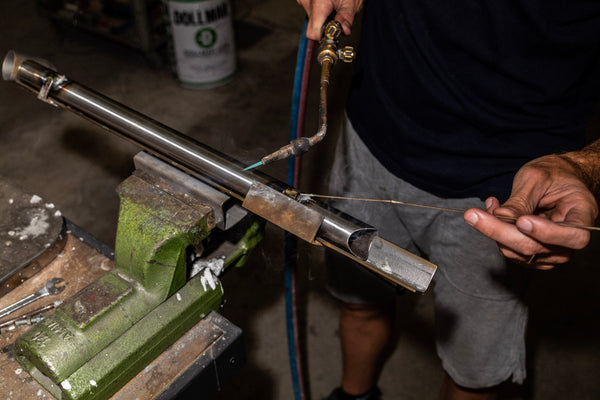
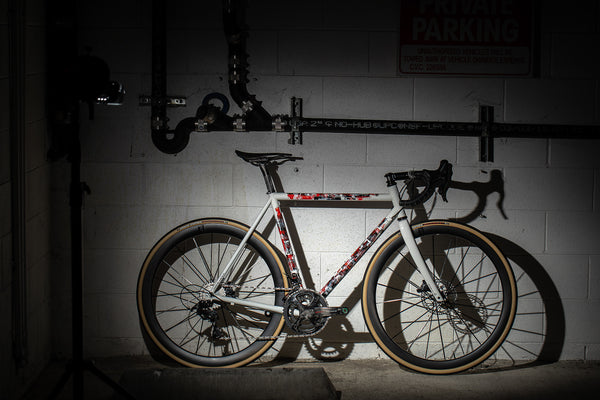
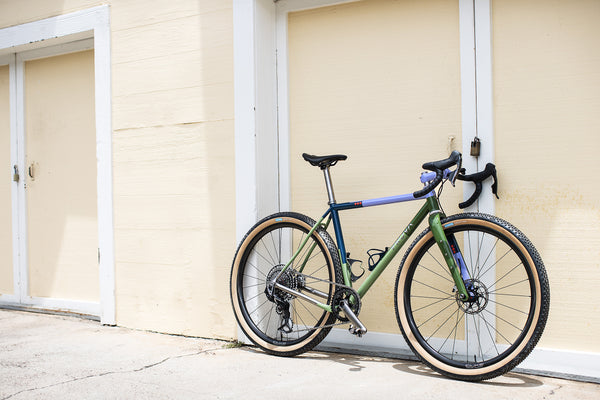
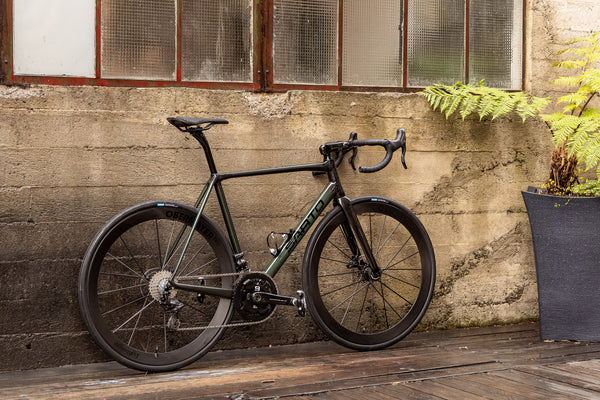





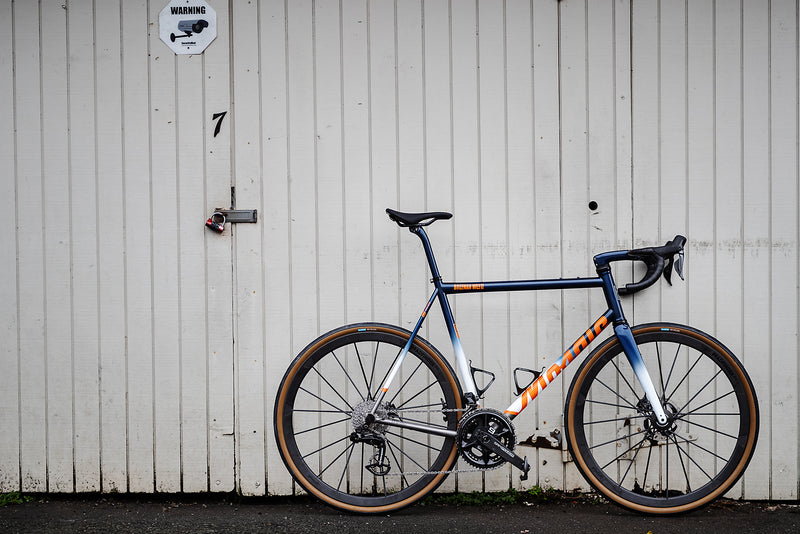

Back to Journal